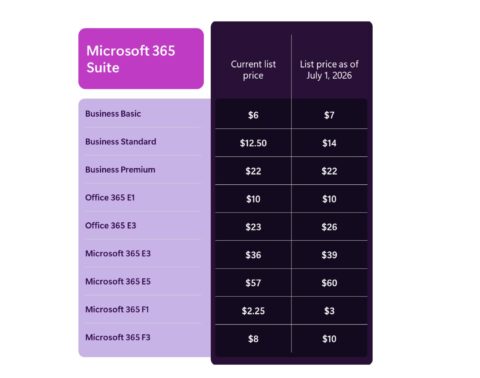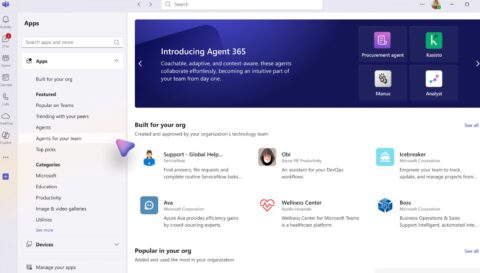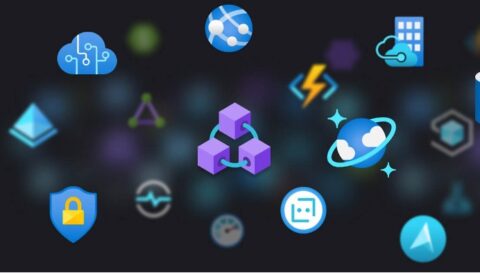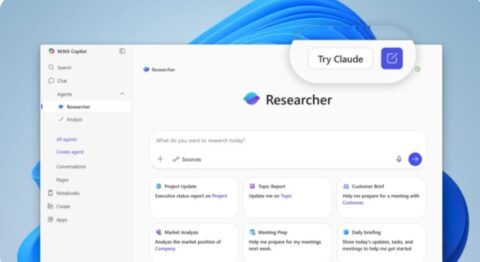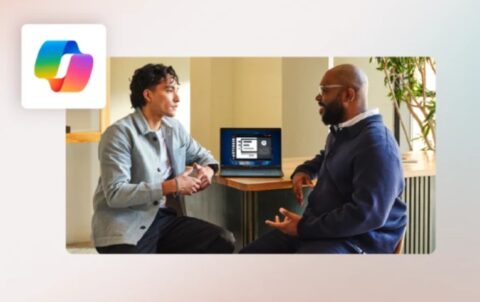Updated: April 8, 2024 (October 10, 2023)
BlogMicrosoft to bring more Fabric analytics and AI features to its healthcare line-up

Timed with the HLTH 2023 conference this week, Microsoft is taking the wraps off some of its coming healthcare-focused AI and data offerings. The company’s Fabric unified analytics platform, announced in May, is at the heart of a number of these offerings.
Microsoft officials said they are working on industry-specific data solutions in Fabric, and the healthcare data solutions — now available in preview — are the first of these.
Microsoft says these solutions will help customers avoid having to try to integrate the currently disconnected set of health data sources, including text, images and video. Sources like electronic health records, Picture Archiving and Communications Systems (PACS), lab systems, claims systems and medical devices, which support structured, unstructured, imaging and medical device data, can all be stored using open data standards in Fabric’s OneLake. These new healthcare solutions will be part of Microsoft’s Cloud for Healthcare bundle.
“Fabric has lots of interesting analytics and productive capabilities, but customers should tread lightly, because most the features in preview and some components (especially Fabric security) is still under construction and won’t be generally available until the middle of next year,” cautioned Directions on Microsoft analyst Andrew Snodgrass.
Nonetheless, today’s announcements show that “Microsoft’s next big push, after AI and Copilot calm down, is pushing customers to Fabric,” Snodgrass noted.
New Azure AI additions
As part of its HLTH 2023 announcements today, Microsoft announced new models for its Azure Cognitive Service API called Azure AI Health Insights (formerly Project Health Insights). Three new models are now in preview, including patient timeline; clinical report simplification; and radiology insights. There’s also a new preview capability in the Azure AI Health Bot that uses answers from a healthcare organization’s own content sources plus publicly available sources to customize and connect to existing healthcare organization’s workflows.
Microsoft also is continuing to build on technologies it acquired via its Nuance Communications in 2022. In late September, Microsoft announced general availability of the Dragon Ambient eXperience (DAX) Copilot (the product formerly known as DAX Express, and not to be confused with Power BI’s DAX). One of Microsoft’s growing family of Copilot AI assistants, the DAX Copilot uses voice and generative AI to help physicians more quickly and easily create medical documentation.
Microsoft isn’t the only one of the big enterprise cloud companies to be focused on applying AI and data resources to healthcare workloads. On October 9, Google announced plans for new AI-powered search capabilities aimed at pulling clinical information from different types of medical records. The new features will be for health and life sciences organizations using Google’s vertex AI Search platform. And AWS and AWS customer Medisafe announced on October 5 plans to collaborate on AI-powered medication-management built with AWS’ Bedrock AI platform.
Related Resources
Microsoft introduces new data and AI solutions for healthcare organizations
Microsoft Fabric Components: A technical overview (Directions members only)
Microsoft Cloud for Healthcare explainer (Directions members only)

